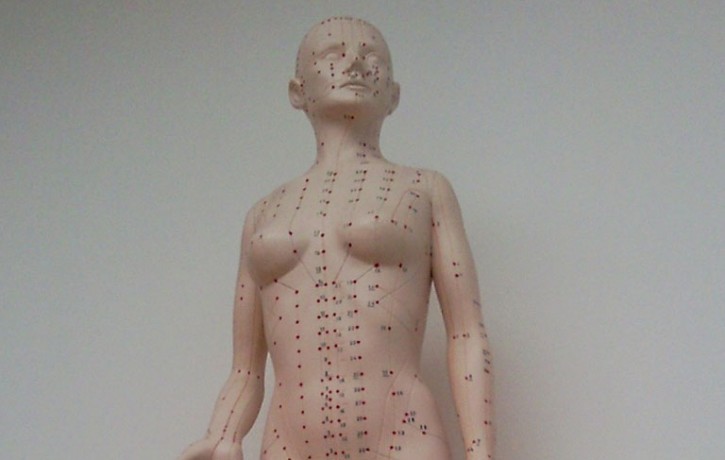in Acupuncture
Chinese Acupuncture ‘Miracle Points’

Master Tung has been referred to as one of the greatest acupuncture technician who has ever lived. He was famous for miraculous and spontaneous results in using just a few needles. Using this technique the patient usually feels improvement after one or two treatments using few needles. His acupuncture therapy has now been popularised in many countries such as Korea, United States, China and Taiwan.
There have been several currents of Chinese medical practices throughout the history of Chinese medicine. Most of these were written in ‘Huang Di Nei Jing’, Nan Jing, but alongside these were family lineages that were kept as trade secrets among a small group of people. Even though these were taught, sometimes the true depth of information were withheld.
Tung’s acupuncture is one of the previously secret ancient family lineage that survived and flourished today. Tung’s acupuncture dates back to the Han Dynasty (206 BCE – 220 CE). This system of acupuncture was passed down only from father to the eldest son.
Tung Ching Chang was the last descendant of the Tung family to practice Tung Acupuncture. He learned acupuncture from his father. He lived during a tumultuous time in China, and eventually joined the Kuo Min Tang army against the Japanese in the Sino Japanese war during World War II.
The most prominent feature of Tung’s acupuncture is its extensive use of points not found in the systems of Chinese medicine. The distribution of Tung’s points includes the entire body, and unlike most acupuncture systems, they are arranged in anatomical zone concepts rather than by channels. Each zone of the body has points that affect the entire body.
His extraordinary points are now listed together with the points of the fourteen channels and could produce better therapeutic results. Tung’s extra points are different from the extraordinary points, which do not have their own systems. They are selected from the diseases channel, the same named channel or the externally-internally related channel. They effect a larger area, rather than just the points needled and thus, the therapeutic effect is faster and better than that of the 14 channels. Tung Acupuncture is well known for its quick and spontaneous results. They also known as ‘miracle points.’
Can you please explain what a channel is? and what you mean by ‘They are selected from the diseases channel, the same named channel or the externally-internally related channel.’
In Chinese Acupuncture there is a specific flow of energy (qi) and blood through the body linking the organs; the path the energy flows in the body is called the meridian or channel. The ‘regular’ channel include 3 yin meridians of the hand, 3 yang meridians of the hand, 3 yin meridians of the foot and 3 yang meridians of the foot. For example the lung (yin channel) is externally / internally related to the Large intestine (yang) channel.
For example a person suffering from a cold, will have a lung channel as the diseased channel. Therefore, I would select points to treat on the lung channel.
I assume a ‘point’ is a ‘needling point’? What is the purpose of needling a point? What is a meridian?
As explained above, a meridian is a channel. There are 361 Acupoints on each side of the body. Each Acupoints can relieve problems, that are both local and distal. Acupoints are points that can be found along the channel.
Needles are inserted into the Acupoints, where they may be ‘manipulated’ to cause a ‘de qi’ sensation to stimulate the arrival of ‘qi’ (energy) for Tonification (strengthening the body).
This is done to tonify deficiency or a reduction technique to reduce the excess condition in the body. In either case, the treatment seeks to balance the body. Imbalance in the body is the cause of ‘disease’ in TCM (Traditional Chinese Medicine).
What do you mean by .’.which do not have their own systems’
The Lung meridian has its own system, and Acupoints running in the lung channel.
There are 12 regular channels running through the body with their own system and Acupoints. There are others for example, the collaterals channels which bifurcate (divide into branches) from the main channels, which are distributed in areas of the body. Much like as twigs branch off from a tree trunk. The collaterals strengthen the function of the 12 regular channels. They also assist in the transportation and distribution of ‘qi’ and blood in order to moisten and nourish the whole body.
To find out more about acupuncture in Southend or to book an appointment please call The Body Matters on 01702 714968.
- Finding Hope and Comfort Through Pain - 21st March 2025
- Non-Pharmacological Solutions for Managing Pain in Parkinson’s - 19th February 2025
- The Healing Touch: How Massage Benefits People with Spinal Injury Pain - 28th January 2025
